USA Today reported on July 20 that in a video shared by diving instructor Wang Cheng-Ru in June, the above-mentioned group of divers encountered a rare giant "doomsday fish" near Taiwan. This species of oarfish (also known as paddlefish or "doomsday fish") usually lives at depths of 60-300 m, even 1,000 m, below the sea surface.
In the video, the "apocalypse fish" appears to be injured. "There are many amazing animals off the northeast coast of Taiwan, but this is the first time I've encountered a giant oarfish," Wang told Newsweek magazine.
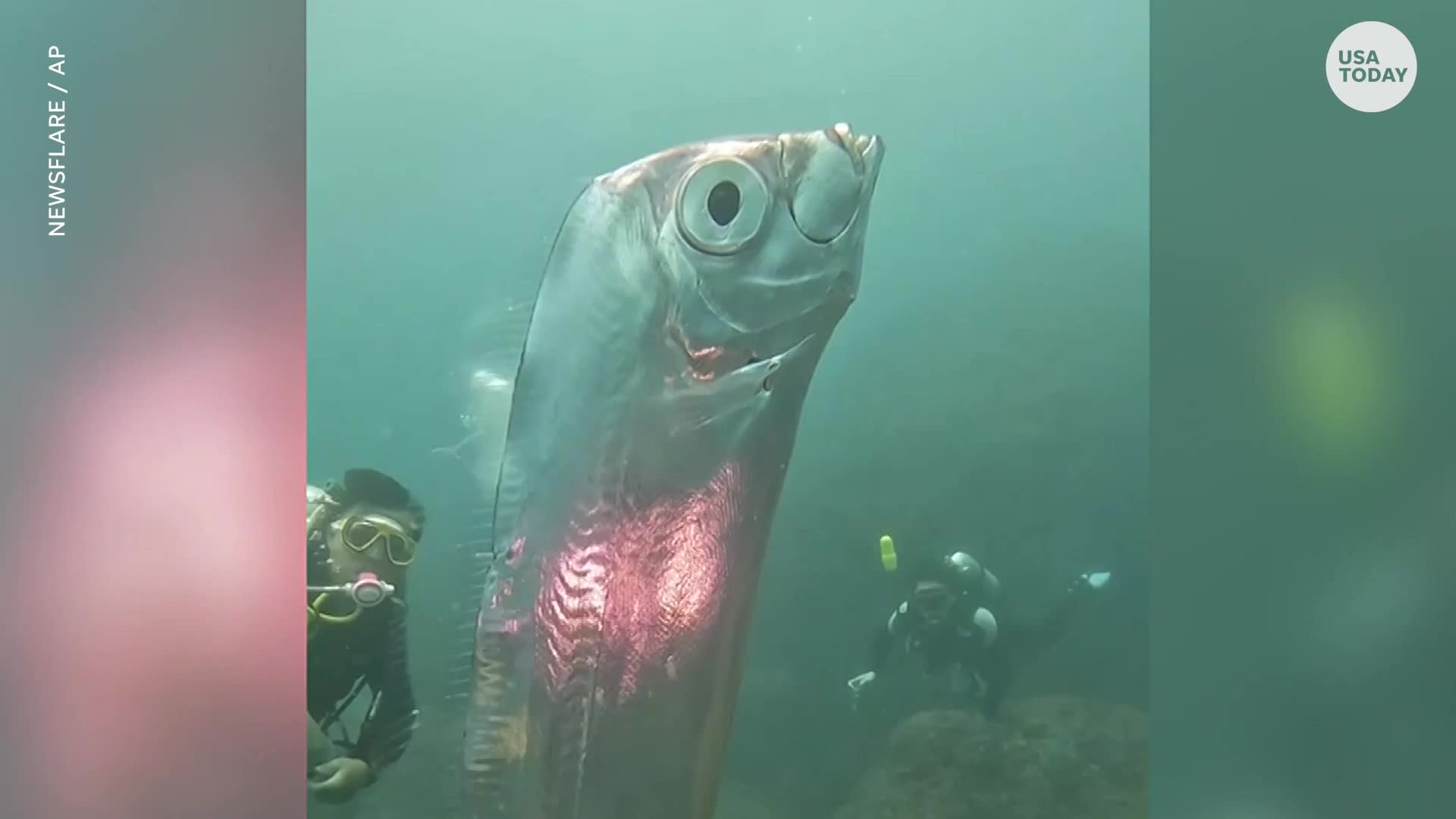
A group of divers recently encountered a giant "doomsday fish" off the coast of Taiwan. Photo: AP
Oarfish live in many places outside the Arctic. They are listed in the Guinness Book of World Records as the longest bony fish. Oarfish have no teeth and feed on plankton using gill rakers.
In 1963, an oarfish was caught in New Jersey - USA with an estimated length of 15 m. In 1885, an oarfish weighing 272 kg was caught in Maine - USA.
The oarfish's scientific name is Regalecus glesne based on its oar-like shape, according to the Florida Museum of Natural History (USA).
According to Japanese folklore, seeing the silver scales glistening on the body of the "apocalypse fish" is a sign of "impending disaster". Legend has it that this fish was sent from the palace of the Sea God to warn people of upcoming earthquakes.
Although oarfish were seen before the 2011 Tohoku earthquake and Fukushima nuclear disaster in Japan, scientists believe the connection between oarfish and the disaster is false.
"I believe these fish tend to float to the surface when their physical condition is poor. That's why they are often dead when found," Professor Hiroyuki Motomura at Kagoshima University told the New York Post.
Source






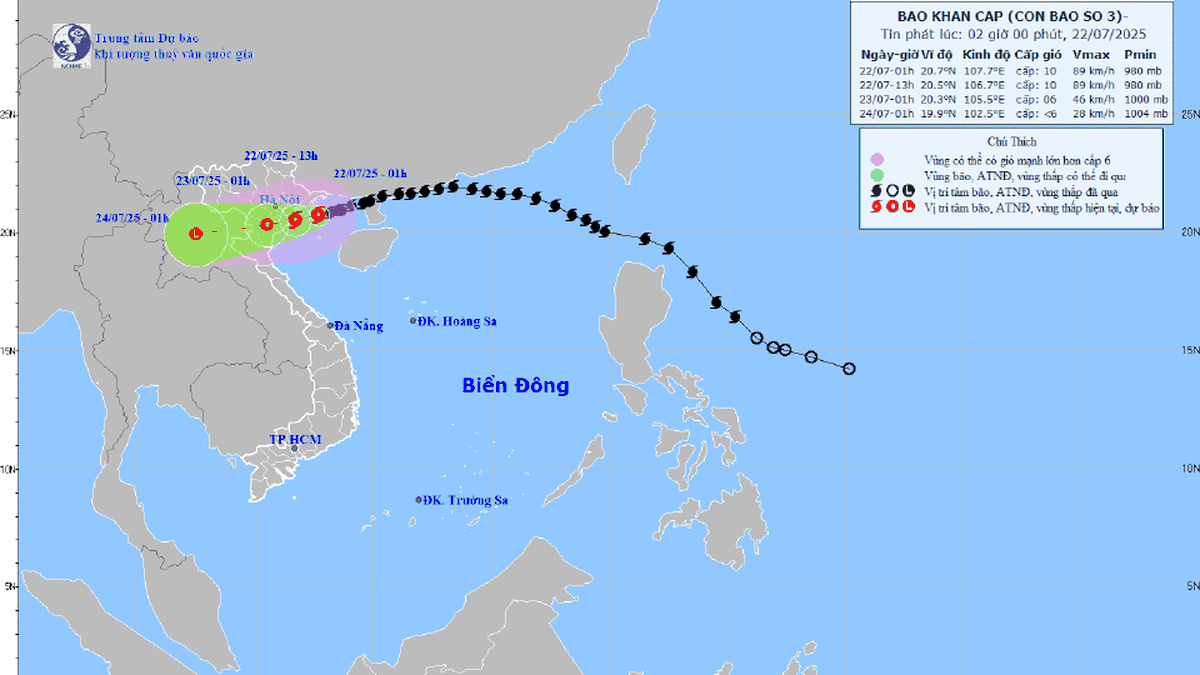




















![[Photo] National Assembly Chairman Tran Thanh Man visits Vietnamese Heroic Mother Ta Thi Tran](https://vphoto.vietnam.vn/thumb/1200x675/vietnam/resource/IMAGE/2025/7/20/765c0bd057dd44ad83ab89fe0255b783)





































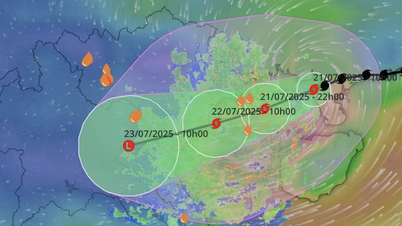




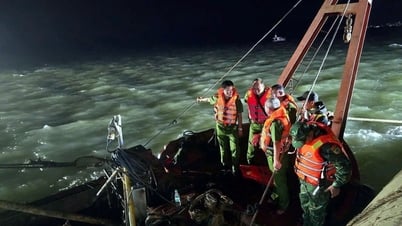






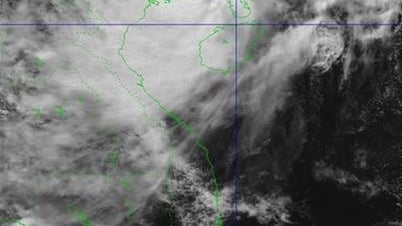























Comment (0)